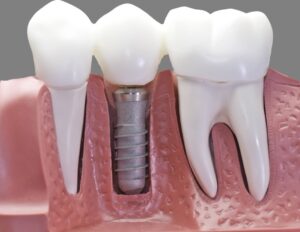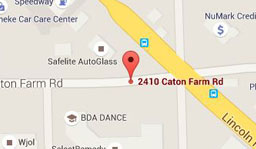Unlocking a Brighter Smile: Lifestyle Tips for Whiter Teeth

A dazzling smile has a magnetic power of its own, drawing others towards you with its warmth. Yet, in our quest for a white, radiant set of teeth, many of us overlook the power of lifestyle choices in maintaining that dental allure. This post is more than a simple toothpaste ad; it’s a comprehensive guide for how to get whiter teeth.





